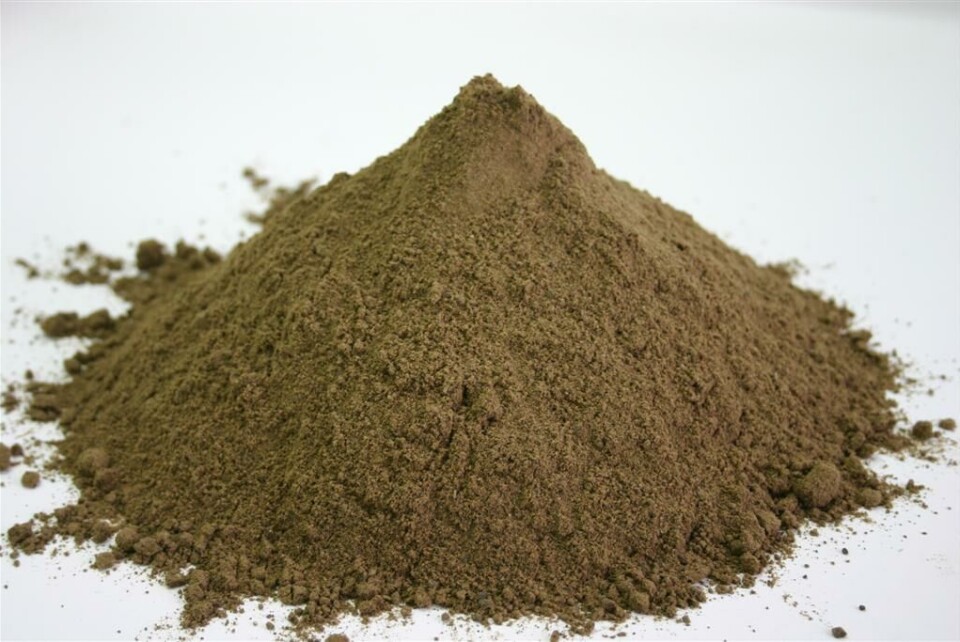
The changing fate of fishmeal
This process has been occurring for some time, with leading producers investing heavily in technology and packaging to add value to this important source of nutrition for farmed animals.
IFFO share FAO’s expectation for a stable but not increasing supply. As feed volumes continue to increase, the use of fishmeal will be increasingly targeted by species and lifestage to create the best value for the farmer and eventual consumer. Producer and user partnerships are becoming increasingly important to secure supply for those feed manufacturers who offer high quality products for high value species.
While IFFO is unable to comment on price forecasts, the historic trend has been upwards as a result of demand exceeding supply. Despite this trend and significant investment by alternative protein sources, fishmeal remains the best performing and most digestible option in animal feed, according to IFFO.
Rabobank are a respected financial institution with a high profile in the food sector. IFFO shares supply and demand statistics with the bank to inform their reporting. Key changes that have added value to fishmeal in the last ten years have included:
o The introduction of steam drying technology to increase protein digestibility.
o Bagged product as an alternative to breakbulk/loose shipped material.
o Sophisticated analytical certification to buyer specification.
o Uptake of independent environmental impact, traceability and food safety certification (IFFO Responsibly Supply scheme).
o Recovery of fish processing by-product to supplement raw material supply.
o Recovery of soluble proteins from processing water to reduce environmental impact and increase in fishmeal protein levels.






















































